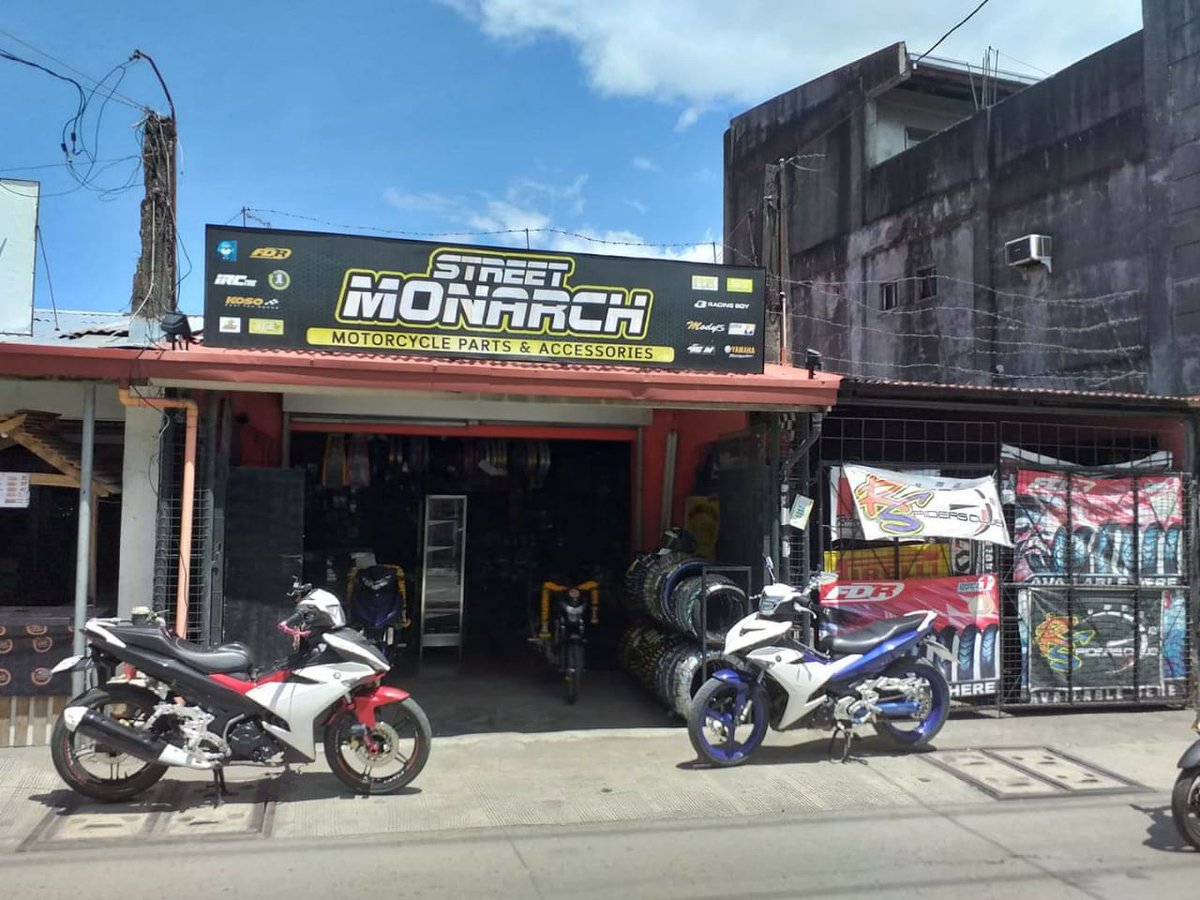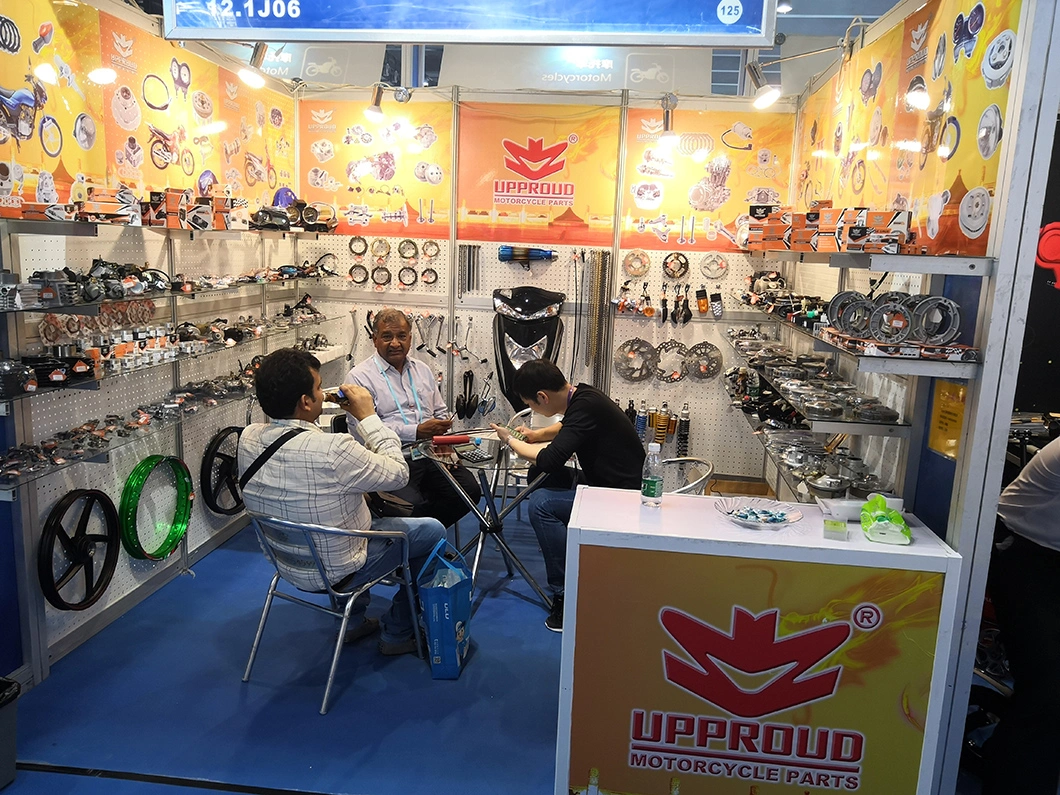Essential Motorcycle Parts NZ for Peak Performance and Safety
Essential Motorcycle Parts NZ for Peak Performance and Safety
Blog Article
Understanding the Necessary Parts of a Motorcycle: A Comprehensive Guide for Lovers
For motorcycle enthusiasts seeking to boost their riding experience and ensure their bikes run smoothly, comprehending the important parts of a motorbike is paramount. Each element, from the engine's detailed functions to the vital role of the braking devices, not only affects performance but also safety and security and comfort. This overview will certainly stroll with the essential components that every biker must be familiar with, allowing notified choices in both maintenance and possible upgrades. As we start this exploration, one must ask: exactly how does each element engage to create the seamless experience every enthusiast looks for?
Engine Parts

The camshaft plays an essential role in regulating the timing of the engine's shutoffs, making sure the accurate opening and closing required for reliable gas and air consumption, along with exhaust expulsion. This timing is critical to maintaining optimal engine efficiency and effectiveness. In addition, the carburetor or fuel shot system, depending upon the motorcycle version, is accountable for blending air with gas in the appropriate proportion for combustion.
The cooling system, either air or liquid-based, works to keep the engine's temperature level within operational limits, preventing getting too hot and guaranteeing durability - motorbike shop. Each component, thoroughly designed and integrated, contributes to the seamless procedure of the engine, specifying the motorcycle's power result and overall performance
Transmission System
Integral to the motorbike's capability, the transmission system makes sure efficient power transfer from the engine to the wheels. This system comprises numerous crucial elements, including the clutch, transmission, and final drive, each playing an essential duty in converting the engine's power right into movement. The clutch, generally operated by a hand bar, offers to involve and disengage the engine from the transmission, permitting smooth gear modifications and controlled velocity.
The transmission, typically described as the transmission appropriate, has a set of equipments that motorcyclists can by hand shift via to change the bike's speed and torque result. These gears are set up in a series that allows the bike to accelerate efficiently and preserve optimum engine efficiency across various rates. A lot of bikes utilize a consecutive gearbox, needing the motorcyclist to shift gears in a fixed order.
Braking Systems
While understanding the transmission system is vital to using a motorbike's power, just as crucial is the capacity to regulate and stop that power successfully, which is where braking devices enter into play. Brakes are important for safety and performance, supplying the motorcyclist with the required control to navigate numerous surfaces and problems. Usually, bikes feature two kinds of stopping systems: disc brakes and drum brakes.
Disc brakes are much more prevalent in modern-day motorcycles due to their premium efficiency. They include a brake disc, caliper, and pads. When turned on, the caliper squeezes the brake pads against the rotating disc, converting kinetic energy into warm, thereby slowing the wheel. This system provides much better warmth dissipation, constant performance, and boosted stopping power, particularly in wet problems.
Conversely, drum brakes, though less common, are still found in some motorcycles. view it now They work by pressing brake shoes versus the inner surface area of a drum connected to the wheel. While generally much less reliable in warmth dissipation and stopping power, drum brakes are simpler and a lot more cost-efficient.
Recognizing these stopping systems' nuances enables motorcyclists to maintain their bikes appropriately and appreciate the engineering that guarantees secure and effective stopping.
Suspension and Steering
Suspension and steering systems are important parts that significantly affect a motorbike's handling and trip comfort. The suspension system, including forks at the front and shock absorbers at the rear, absorbs roadway abnormalities, improving stability and control. Front forks, inverted or normally telescopic, compress and rebound to alleviate influences, while back shock absorbers preserve tire contact with the roadway, important for traction and safety.
Steering, centered around the handlebars, links the cyclist to the motorbike's directional control. The steering head bearings make certain smooth procedure, enabling precise ability to move. Correct positioning and upkeep of these bearings are vital for predictable steering action and minimizing rider fatigue.
The suspension's adjustability is one more important aspect; preload, damping, and rebound setups allow personalization to match numerous riding problems and designs. This flexibility is crucial for enhancing efficiency, whether browsing urban streets or taking on tough tracks. Advancements like electronic shock absorber provide real-time modifications, improving trip top quality across varied surfaces.

Electric Solutions
After ensuring a controlled and smooth trip through reliable suspension and guiding systems, attention transforms to the electric systems, a critical element of modern motorbikes. These systems play a crucial duty not only in beginning the engine yet also in powering numerous elements that boost the capability and safety of the motorbike.
At the heart of a motorbike's electric system is the battery, which shops electrical power required for beginning the engine and powering supporting systems - motocross gear. The alternator or generator, combined with the rectifier-regulator, guarantees the battery continues to be charged while the motorcycle is in procedure, transforming mechanical power right into electrical energy and preserving voltage degrees
The ignition system, one more vital element, is in charge of sparking the air-fuel blend in the engine's cylinders. Modern bikes often use an electronic ignition system, providing higher efficiency and integrity compared to standard systems.
Lighting systems, consisting of fronts lights, tail dirt bike steering stabilizer lights, and indications, are additionally important, making certain exposure and safety for the cyclist. Extra digital parts such as sensing units, control systems, and shows add to sophisticated features like fuel injection management, anti-lock braking systems (ABDOMINAL MUSCLE), and electronic control panels, additionally boosting the riding experience.
Verdict
A comprehensive understanding of a bike's important parts, including the engine, transmission system, stopping mechanisms, suspension, guiding, and electric systems, is indispensable for lovers aiming to enhance convenience, efficiency, and security. Mastery of these components enables educated decisions relating to upkeep and upgrades, inevitably enhancing the riding experience. By incorporating this expertise, riders can ensure their bikes operate at peak efficiency and reliability, thus optimizing both satisfaction and durability of their lorries.
For motorbike fanatics looking to boost their riding experience and ensure their bikes run smoothly, understanding the important parts of a motorbike is extremely important.Indispensable to the motorcycle's functionality, the transmission system guarantees reliable power transfer from the engine to the wheels.While understanding the transmission system is vital to taking see this website advantage of a motorbike's power, equally vital is the ability to control and stop that power properly, which is where stopping mechanisms come right into play. Typically, bikes feature 2 kinds of stopping systems: disc brakes and drum brakes.
A detailed comprehension of a motorcycle's important parts, including the engine, transmission system, stopping devices, suspension, guiding, and electrical systems, is important for enthusiasts aiming to maximize comfort, performance, and safety and security.
Report this page